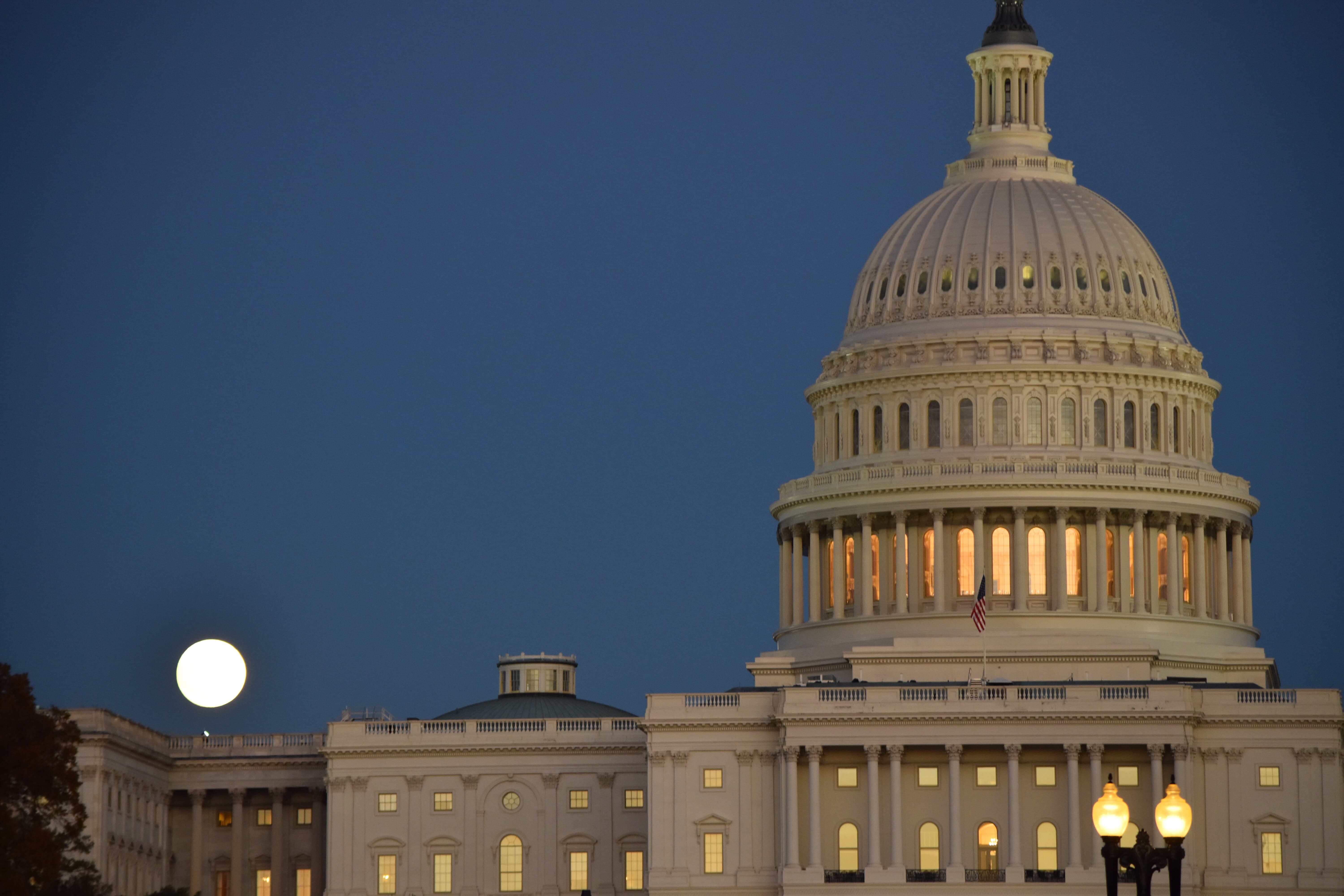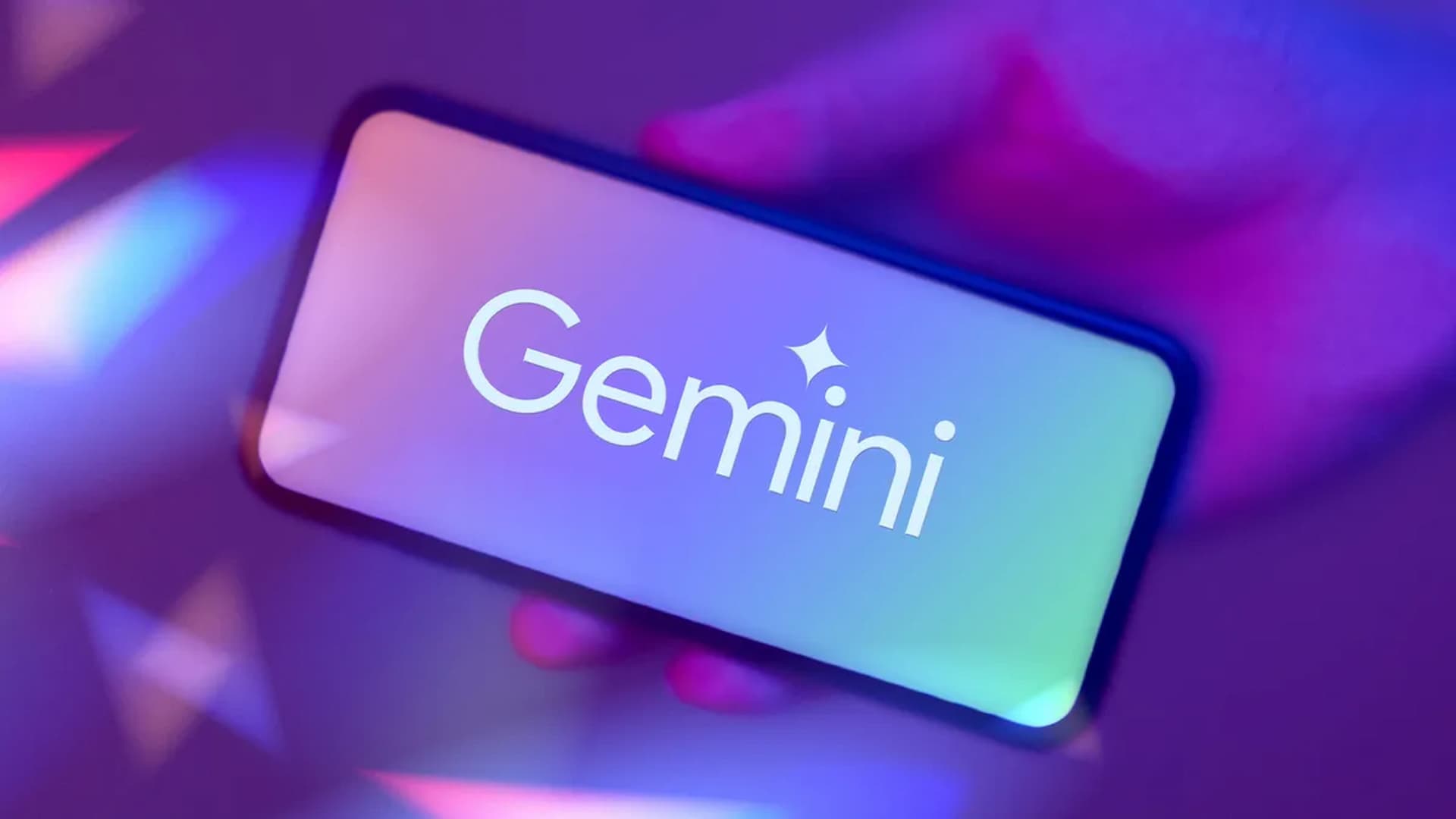Broadcom has secured a $10 billion agreement to supply custom AI chips, with analysts pointing to OpenAI as the likely customer.
The US semiconductor firm announced the deal alongside better-than-expected third-quarter earnings, driven by growing demand for its ASICs. It forecast a strong fourth quarter as cloud providers seek alternatives to Nvidia, whose GPUs remain costly and supply-constrained.
Chief executive Hock Tan said Broadcom is collaborating with four potential new clients on chip development, adding to existing partnerships with major players such as Google and Meta.
The company recently introduced the Tomahawk Ultra and next-generation Jericho networking chips, further strengthening its position in the AI computing sector.
Would you like to learn more about AI, tech and digital diplomacy? If so, ask our Diplo chatbot!










